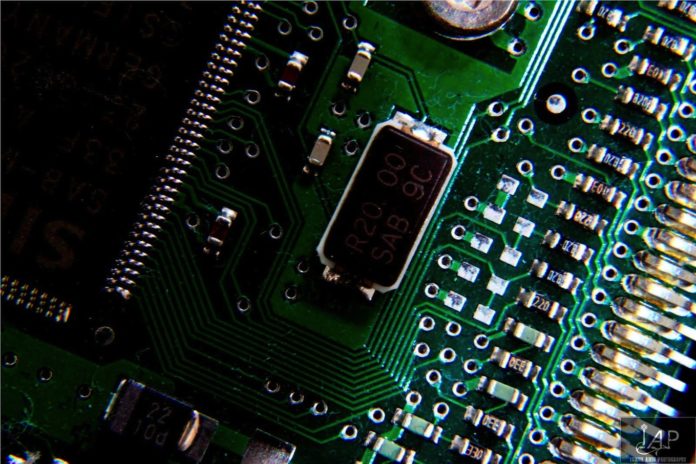The Internet of Things is by no means a new topic. However, the initial definition no longer holds true today as a sea change has happened in the last 30 years of the Internet of Things timeline. What started off with RFId tags simply identifying different devices has now grown into a system envisioned to automate almost every aspect of human existence. Read this article to understand how to capitalise on this opportunity.
By Dilin Anand.
Until now, the Internet of Things (IoT) system was limited to items with RFID tags that allowed automated monitoring and servicing of processes. The system allowed inventory of everything by computers — groceries, tech equipment, tools and even the humans that used them. The data made available to the system by this inventory, allowed the system to make decisions like dumping of expired consumables or re-ordering of stock for goods that were almost exhausted. Overall, this system took care of most of the repetitive and time-consuming tasks smoothly.
The IoT has now evolved to encompass even more electronics, and as the cloud improves, the IoT has leveraged it to massively revamp its functionality . Smartphone—a humble device in everybody’s hands today—is a cocktail of sensors that offer a significant amount of data to IoT applications—traffic predictions (Google Maps), healthcare (Nike Fuel+Band) and even home au-tomation (Nullriver Haiku) are now easily possible.
There are numerous benefits that a more widespread transition to the IoT could bring about. “This transition will essentially spawn new technologies, and change paradigms of how we do things and how businesses operate. In the long term, this will have a significant societal impact as well,” explained Dr P .A. Subrahmanyam, executive chairman, CyberKnowledge, in his talk ‘The Internet of Things— Opportunities and Challenges’ at Electronics Rocks 2012 conference held recently in Bengaluru.
So how do you get about doing it?
 Leverage RFID technology. Due to the popularity of RFID systems, RFID technology is thought to be a prerequisite for the Internet of Things. RFID tags have developed and come a long way since the initial release in the 1990s, when there were a collection of different standards that unfortunately acted to prohibit RFID’s growth. That changed with the adoption of ISO 18000-6C in 2006, which is a secondgeneration air-interface protocol. ISO 18000-6C is a popular choice among IoT designers implementing RFID technology. Most readers in the market that target the Internet of Things are based on this standard.
Leverage RFID technology. Due to the popularity of RFID systems, RFID technology is thought to be a prerequisite for the Internet of Things. RFID tags have developed and come a long way since the initial release in the 1990s, when there were a collection of different standards that unfortunately acted to prohibit RFID’s growth. That changed with the adoption of ISO 18000-6C in 2006, which is a secondgeneration air-interface protocol. ISO 18000-6C is a popular choice among IoT designers implementing RFID technology. Most readers in the market that target the Internet of Things are based on this standard.
RFID tags add value to a physical item in the IoT by creating a virtual object of that item and populating it with past and present information related to the IoT application at hand. A sensor could be added to this RFID tag for real-time monitoring and information gathering. The information thus gathered from numerous sources is then sent to a cloud for processing, which completes the IoT. The cloud and the IoT go hand-in-hand with their common background of distributed processing.
Before the gathered information is sent to the network managing the other ‘things’ of the IoT, there is RFID middleware, which contains the logic of the application and a back-end database that, for instance, runs on MySQL and is used to store data. It allows the data captured by the devices to be routed to another system, which is ultimately uploaded and utilised by the IoT application.
Forrester Research defines RFID middleware as “platforms for managing RFID data and routing it between tag readers or other auto identification devices and enterprise systems.”
One of the significant aspects here is to transform low-level data gathered from tags into high-level data that can drive information and enable the IoT application to perform accurately. So it is extremely important that metadata is defined for all tags and the antennae that monitor them.
The metadata stored on tags is recorded, and over a period of time used to understand ‘events.’ Events are created based on what the IoT application is designed for. For instance, in an office, people tagged with RFID tags would allow the system to understand and record events like “Rahul is in the office” or “There are eight people in the meeting hall.”
The abilities of the IoT can also be used to create a search engine of realworld things. Utilising location data gathered from the tags, users would be able to locate a person or personal item by querying the database for its last known location.














Good article. I could clearly realize how the IoT has evolved over time. It is interesting to note how everything from machines to ovens can become part of the IoT. I also found the note on need for integrating business processes with the IoT quite insightful. I hope more enterprises pay attention to it.